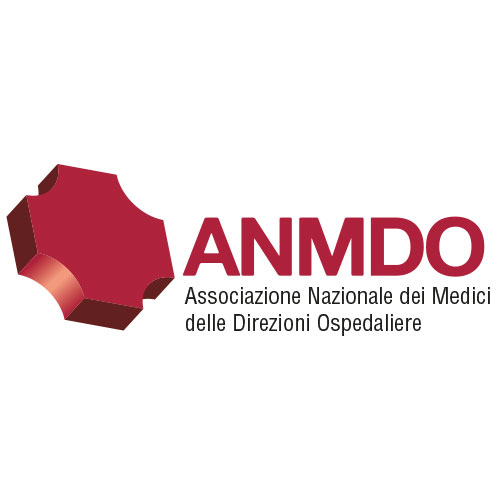
by cristiano | Oct 17, 2018
The indication of the positivity to alert microorganisms in the letter of discharge or in the transfer document to another healthcare facility represents an essential information to ensure the correct patient management both at home and in healthcare facility. The...

by cristiano | Oct 17, 2018
The prevention strategies for Surgical Site Infections (SSI) are focused on three areas: patient, surgical technique and environmental conditions of the operating room. Among the latter, it is important to refer to the air quality (particle and microbial...

by cristiano | Oct 17, 2018
Perioperative Antibiotic Prophylaxis (PAP) is an effective measure for the prevention of Surgical Site Infections (SSI), where indicated. However, its inappropriate use contributes significantly to total antibiotic consumption in hospitals and has been associated with...

by cristiano | Oct 17, 2018
Perioperative Antibiotic Prophylaxis (PAP) is an effective measure for the prevention of Surgical Site Infections (SSI), where indicated. However, its inappropriate use contributes significantly to total antibiotic consumption in hospitals and has been associated with...

by cristiano | Oct 17, 2018
Proper hand hygiene reduces the skin microbial population, representing the basic measure to ensure hand decontamination. In healthcare settings, non-sterile disposable gloves – or “gloves” – do not replace hand hygiene, as they have different...








Recent Comments